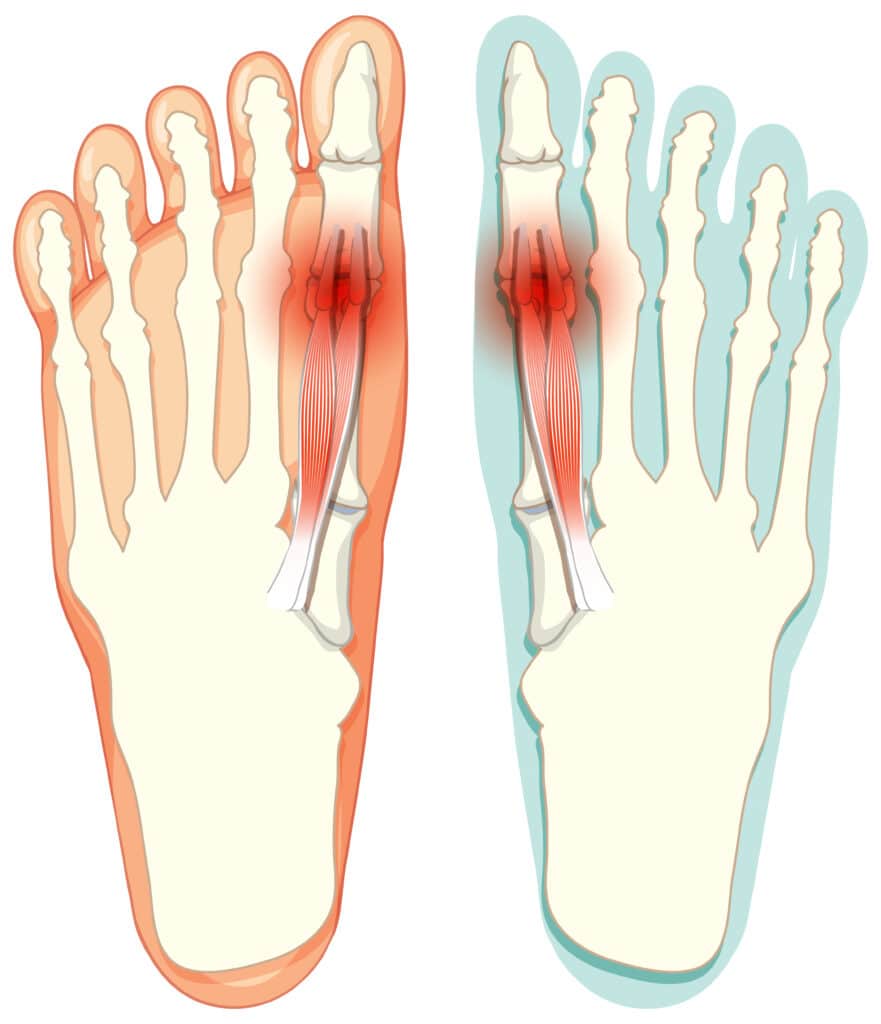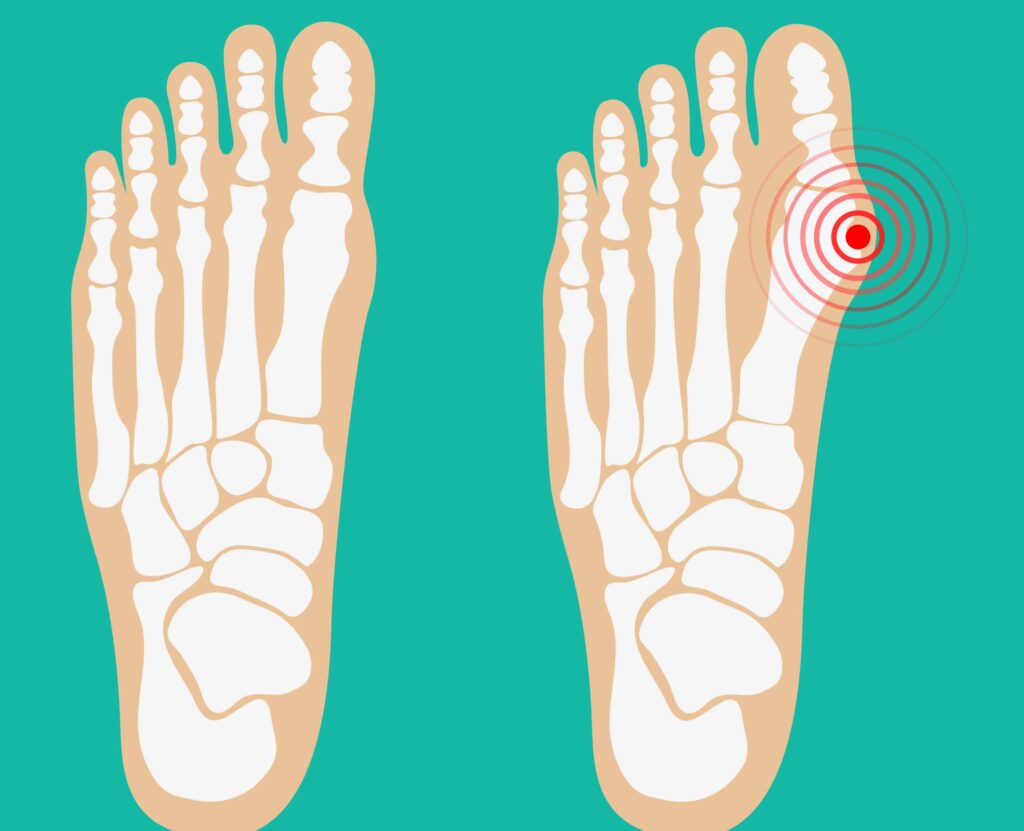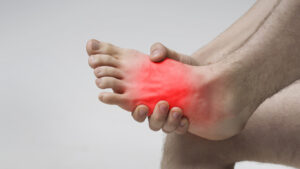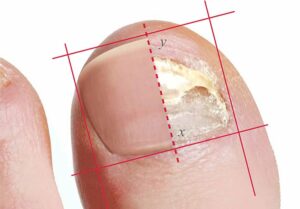Are you experiencing overlapping toes due to bunions? The discomfort and inconvenience caused by this condition can be challenging to manage. Fortunately, there are various treatment options and strategies available to help alleviate the symptoms and improve your quality of life. In this comprehensive guide, we’ll explore everything you need to know about dealing with overlapping toes caused by bunions. From understanding the root causes to exploring treatment methods, we’ve got you covered. Let’s dive in.
Bunions are a common foot condition characterized by a bony bump that forms at the base of the big toe. Over time, bunions can cause the big toe to drift towards the other toes, resulting in a condition known as overlapping toes. This not only leads to discomfort and pain but can also affect your mobility and overall foot health. Learn More about Bunions

Understanding Bunions and Overlapping Toes:
To effectively address overlapping toes caused by bunions, it’s essential to understand the underlying mechanisms of both conditions. Bunions typically develop due to factors such as genetics, improper footwear, and structural abnormalities in the foot. When left untreated, bunions can worsen over time, leading to the misalignment of the toes.
Treatment Options:
- Bunion Correctors: These devices are designed to realign the toes and provide relief from bunion-related discomfort. Bunion correctors come in various forms, including splints, braces, and toe separators. They work by gently straightening the big toe and preventing it from overlapping with the adjacent toes.
- Bunion Surgery: In severe cases where conservative treatments fail to provide relief, bunion surgery may be recommended. During the procedure, the bony bump is removed, and the toe is realigned to its correct position. Bunion surgery can effectively address overlapping toes and alleviate associated symptoms.
- Pain Relief Methods: Overlapping toes caused by bunions can be painful, especially when wearing shoes or engaging in physical activity. Pain relief methods such as icing, nonsteroidal anti-inflammatory drugs (NSAIDs), and corticosteroid injections can help manage discomfort and inflammation.
- Natural Remedies: Some individuals prefer to explore natural remedies to shrink bunions and relieve symptoms. These may include wearing supportive footwear, practicing toe-stretching exercises, and applying topical treatments such as essential oils or apple cider vinegar.
- Medical Devices: In addition to bunion correctors, various medical devices can assist in relieving pressure and discomfort associated with overlapping toes. Orthotic inserts, toe spacers, and cushioned pads can provide support and alleviate pain while walking or standing.
Prevention Strategies: While treatment options are available for overlapping toes caused by bunions, prevention is always the best approach. To reduce the risk of developing bunions and overlapping toes, consider the following preventive measures:
- Choose footwear with a wide toe box and adequate arch support.
- Avoid high heels and narrow-toed shoes that can exacerbate bunion formation.
- Practice good foot hygiene and maintain a healthy weight to reduce stress on the feet.
- Perform regular foot exercises to improve flexibility and strengthen the muscles of the feet and toes.
Dealing with overlapping toes caused by bunions can be challenging, but with the right treatment approach and preventive strategies, you can find relief and improve your foot health. Whether you opt for bunion correctors, surgery, natural remedies, or a combination of treatments, it’s essential to consult with a healthcare professional to determine the most suitable course of action for your individual needs. By taking proactive steps to address bunions and overlapping toes, you can regain comfort and mobility in your daily life.
Take the first step towards better foot health by scheduling a consultation with us today. With our expertise and personalized approach, we’ll work together to alleviate your symptoms, improve mobility, and restore comfort to your feet.
















